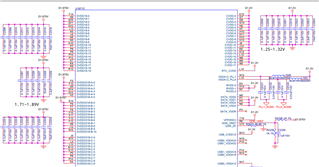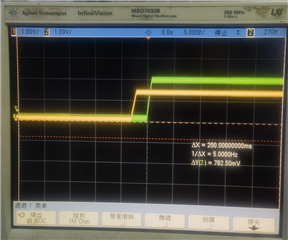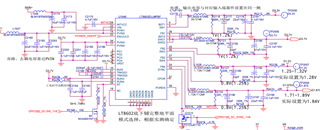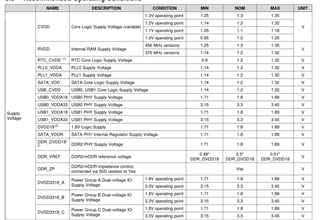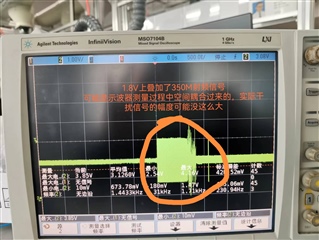Hi team,
Here's an issue from the customer may need your help:
In mass production, some power pins on the EZCED4 groupb were found to be shorted (the short circuit behavior disappeared after the chip board was removed).
Measure the bottom pin of the BGA to verify that the power supply on the groupb is indeed shorted to the GND pin. The core uses 1.28V and the digital power uses 1.84V. The power-up sequence follows 1.28-V first up, 1.84-V second up and the power supply ripple is within 30 mV.
The DSP is used on the transceiver, so a 350 MHz RF signal is superimposed on the power rail in the transmit and receive state. At 4W emissions, this signal is tested with an oscilloscope with a large peak of 1VPP (the scope is tested with unlimited bandwidth, possibly spatial coupling effects measurements).
What is the possible cause of shorting the 1.84-V power network of the DSP? Is it possible for high frequency interference to damage the chip?
The following pins are shorted (the probability is around 5%-6% ):

Could you help check this case? Thanks.
Best Regards,
Cherry


